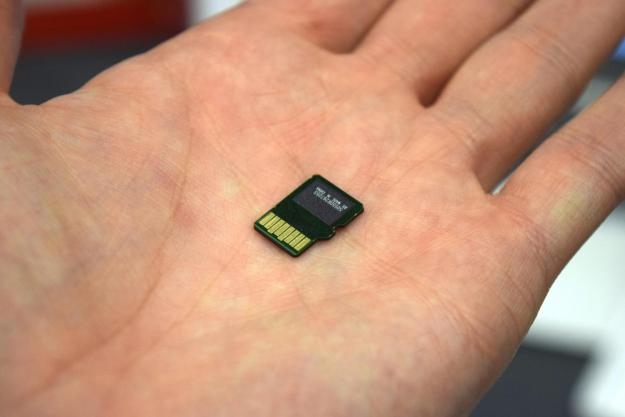The full-frame camera earns its name by having a 35mm sensor — the largest available on the market today. This sensor creates images that are noticeably better in quality than any other camera format. Because of the large sensor, professional photographers usually choose full-frame cameras.
- At a glance:
- Best full-frame camera overall: Sony A7R IV
- Best full-frame DSLR: Nikon D780
- The best full-frame camera for beginners: Nikon Z 6
- Best full-frame camera for enthusiasts: Panasonic Lumix S1
- The best full-frame camera for video: Sigma Fp
- The best Canon full-frame camera: Canon EOS 5D Mark IV
- The best cheap full-frame camera: Sony A7 II
- Do you need a full-frame camera?
If you are looking for a camera that produces the highest quality images, then the full-frame camera might be what you need — like the Sony A7R IV because of it’s high resolution. These cameras not just for professionals. Full frame cameras are suitable for a wide range of photographers and budgets. Here’s a list of the best full-frame cameras for 2020.
At a glance:
- Best full-frame camera overall: Sony A7R IV
- Best full-frame DSLR: Nikon D780
- Best full-frame camera for beginners: Nikon Z 6
- Best full-frame camera for enthusiasts: Panasonic Lumix S1
- Best full-frame camera for video: Sigma Fp
- Best Canon full-frame camera: Canon EOS 5D Mark IV
- Best cheap full-frame camera: Sony A7 II
Best full-frame camera overall: Sony A7R IV
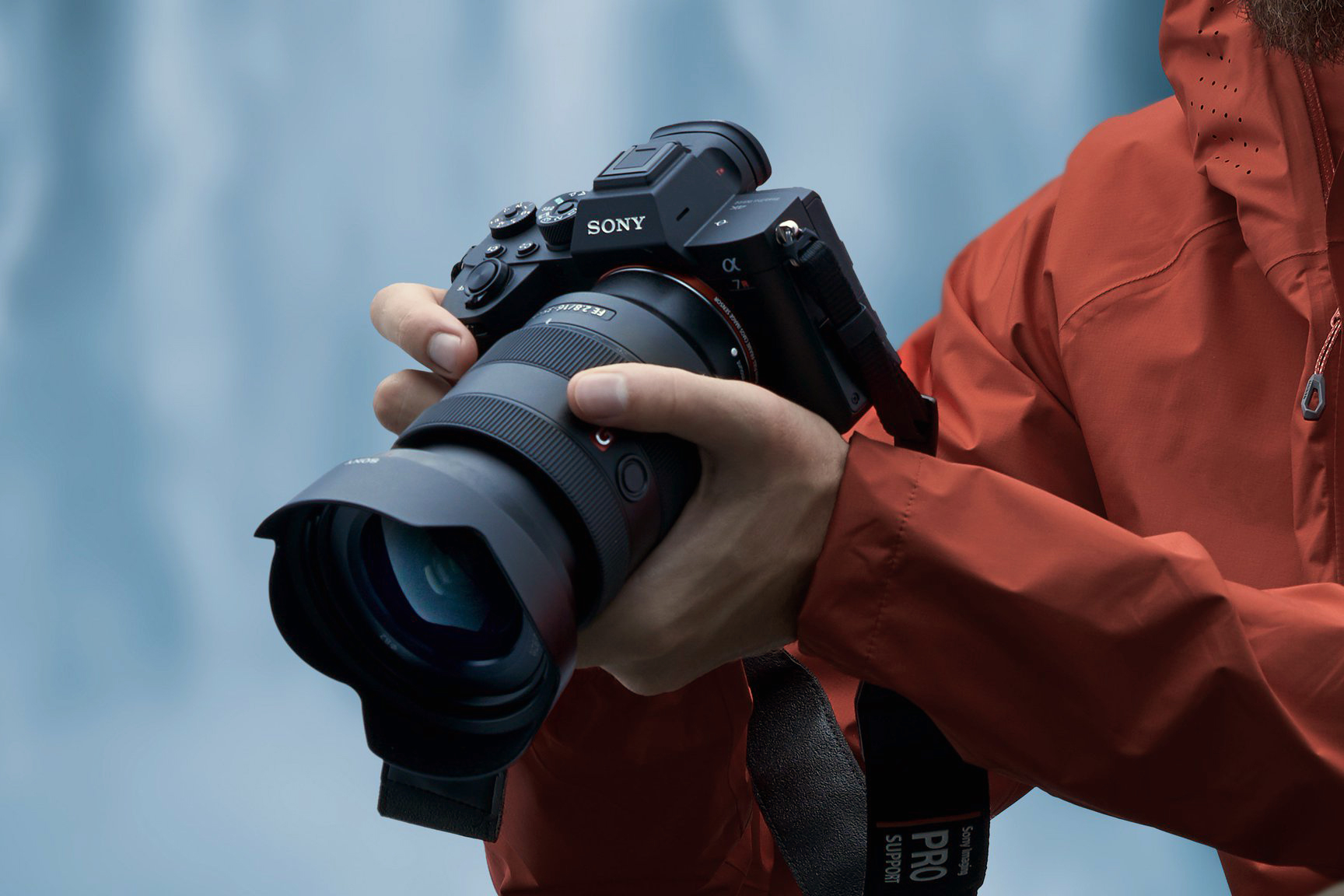
Why you should buy this: Class-leading resolution and fast performance
Who’s it for: Professional photographers and serious enthusiasts
Why we choose the Sony A7R IV:
As the first company to produce a full-frame mirrorless camera, it’s unsurprising that Sony remains at the top even as companies like Canon, Nikon, Panasonic, and Sigma join the fray. But what’s surprising is how much Sony managed to cram into a camera with a compact body. The full-frame sensor now boasts 61 megapixels, the highest resolution you will find short of larger, medium-format cameras. The sensor also delivers excellent dynamic range and great color.
Megapixels aren’t everything, however, and luckily the A7R IV has has the performance to match. Despite those 61 megapixels, the A7R IV still manages to churn out full-resolution bursts at 10 frames per second with autofocus. That’s not as fast as the Sony A9 II’s 20 fps, but plenty for most photographers.
The A7R IV also uses Sony’s latest Real-Time autofocus technologies, making for one of the best autofocus systems we’ve tested. It offers decent low-light sensitivity, good speed, and the best face and eye-tracking you can get.
The viewfinder, and OLED panel with 5.7 million pixels, is second to none. Despite all the tech inside, the camera body weighs in at just 23 ounces. The body is weather-sealed, with a control scheme that feels balanced and easy to use (although, Sony’s menu system remains confusing), and the new battery is good for 670 exposures — not DSLR level, but excellent for a mirrorless camera.
Sony now has a lot of competition, and while mirrorless cameras from Nikon, Canon, and Panasonic are young, they are maturing quickly. There’s never been a better time to be in the market for a full-frame camera, and if you can’t stomach the Sony A7R IV’s price, there are plenty of other great options.
Read our Sony A7R IV review
Best full-frame DSLR: Nikon D780
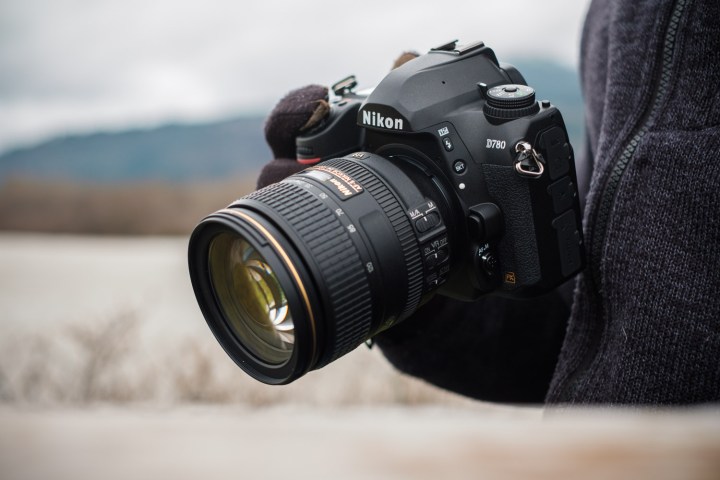
Why you should buy this: A well-balanced camera with great viewfinder and live view performance.
Who’s it for: Anybody who wants the capabilities of mirrorless but still prefers an optical viewfinder.
Why we choose the Nikon D780:
The D780 is Nikon’s sibling camera to the mirrorless Z 6 below, built around the same 24-megapixel sensor and Expeed 6 processor. It is Nikon’s first DSLR to incorporate on-chip phase-detection autofocus — in other words, it’s Nikon’s first DSLR with live view autofocus that’s actually good. In fact, it’s very good. In our testing, we found the D780’s Eye AF mode locked on easily to our subject’s eyes, even when they were wearing dark sunglasses.
Video has also taken a big step up for a Nikon DSLR, as the D780 nearly matches the capabilities of the Z 6. That includes in-camera 4K 8-bit recording and 10-bit HDMI output (and with the optional N-Log flat color profile if you don’t mind color grading your footage in post). Combined with the tilt screen and great live-view autofocus, this is simply Nikon’s best DSLR for video yet — and, short of Canon’s beastly EOS 1D X Mark III, the best DSLR for video, period.
But as a DSLR, the D780 feels almost too familiar. The viewfinder and associated 51-point autofocus module are basically unchanged from the 5-year-old D750, although Nikon has updated it with the higher-performing focusing algorithm from the flagship D5. The body and design are also very similar, and, while that’s certainly not all bad, we do lament the lack of an AF point selector joystick. Professionals may also miss the ability to use a vertical battery grip, and the lack of a built-in flash means you can’t wirelessly trigger Nikon Speedlights without an additional accessory.
One thing that has dramatically improved, however, is battery life. The D780 can shoot over 2,200 exposures from a single battery, making it great for wedding and event shooters who need uninterrupted performance for hours at a time.
While it doesn’t dramatically propel the DSLR format forward, the Nikon D780 remains the most balanced DSLR on the market, and even outranks the larger and more expensive D850 in some areas, such as video and live-view performance. If you still demand an optical viewfinder or the longer batter life of a DSLR, this is the one to buy.
Read our Nikon D780 review
The best full-frame camera for beginners: Nikon Z 6
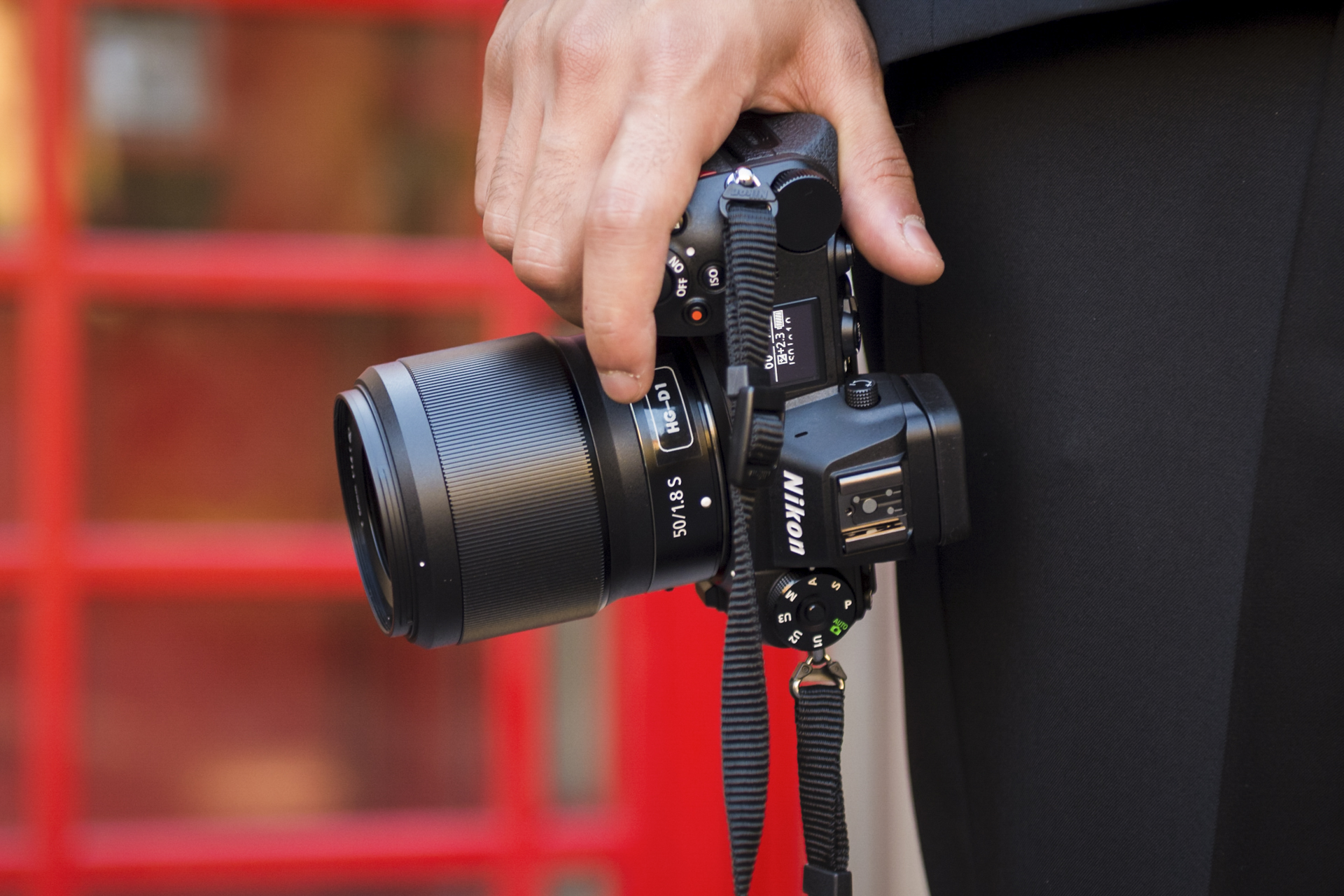
Why you should buy this: Great image quality, smart design, and brilliant lenses
Who’s it for: Beginners, hobbyists, enthusiasts, and video shooters
Why we choose the Nikon Z 6:
If you’re not already invested in a system, let us make a case for the Nikon Z series. Nikon’s DSLR heritage is evident in this pair of cameras, and that’s a good thing. The Z 6 and Z 7 share a body, with identical control layouts, LCD monitors, and 3.69-million-dot EVFs, but the Z 6’s 24MP sensor delivers more speed than the Z 7’s 45MP unit, trading detail for performance (and a lower price).
While the Z 7 is excellent, the Z 6 fits more photographers’ needs and budgets while offering the same high-quality build and comfortable ergonomics.
But more than the camera itself, what really sold us on the Z series are the lenses. Nikon has adopted a strategy of making very high-quality optics but with slightly slower f/1.8 apertures compared to the f/1.4 apertures more commonly found on high-end lenses. This has resulted in lenses that are smaller, lighter, and cheaper, making the Z 6 a great option for discerning photographers who want sharp results without having to invest in bulky glass. Keep in mind, this doesn’t mean the lenses are cheap, but the quality-to-price ratio is very good.
Unlike the D780 above, which is built on much of the same tech, the Z 6 offers in-body image stabilization that’s excellent for using slower shutter speeds with any lens. Mixed with the full-frame sensor, that helps the Z 6 shoot impressive images in limited light, producing excellent results.
The Z 6 also shoots along at a snappy 12 fps if you don’t mind a short delay in the viewfinder, or 5 fps with full live view. The 273-point hybrid autofocus system is may not match Sony’s, but Nikon has continued to update it with new features, like Eye AF and improved tracking performance.
What’s more, this is simply Nikon’s best video camera to date, even surpassing the newer D780. The camera can record 8-bit 4K internally, or 10-bit with N-Log into an HDMI recorder. Beyond this, it can even output RAW video over HDMI, a first for a hybrid mirrorless camera and a feature not available on the D780 — but only after a $200 firmware update.
All those features are wrapped up into a body that’s slimmer and lighter than the D780, while borrowing from Nikon’s DSLR history with things like a top information display, a comfortable control scheme, and weather sealing. Ergonomically and functionally, the design is a step above the Sony A7 series, although you won’t find the level of control and customization you get with the larger Panasonic Lumix S1 below. Nikon Z6 customers will also have to make do with a single XQD/CFExpress memory card slot, compared to the D780’s dual SD slots.
Read our Nikon Z 6 review
Best full-frame camera for enthusiasts: Panasonic Lumix S1
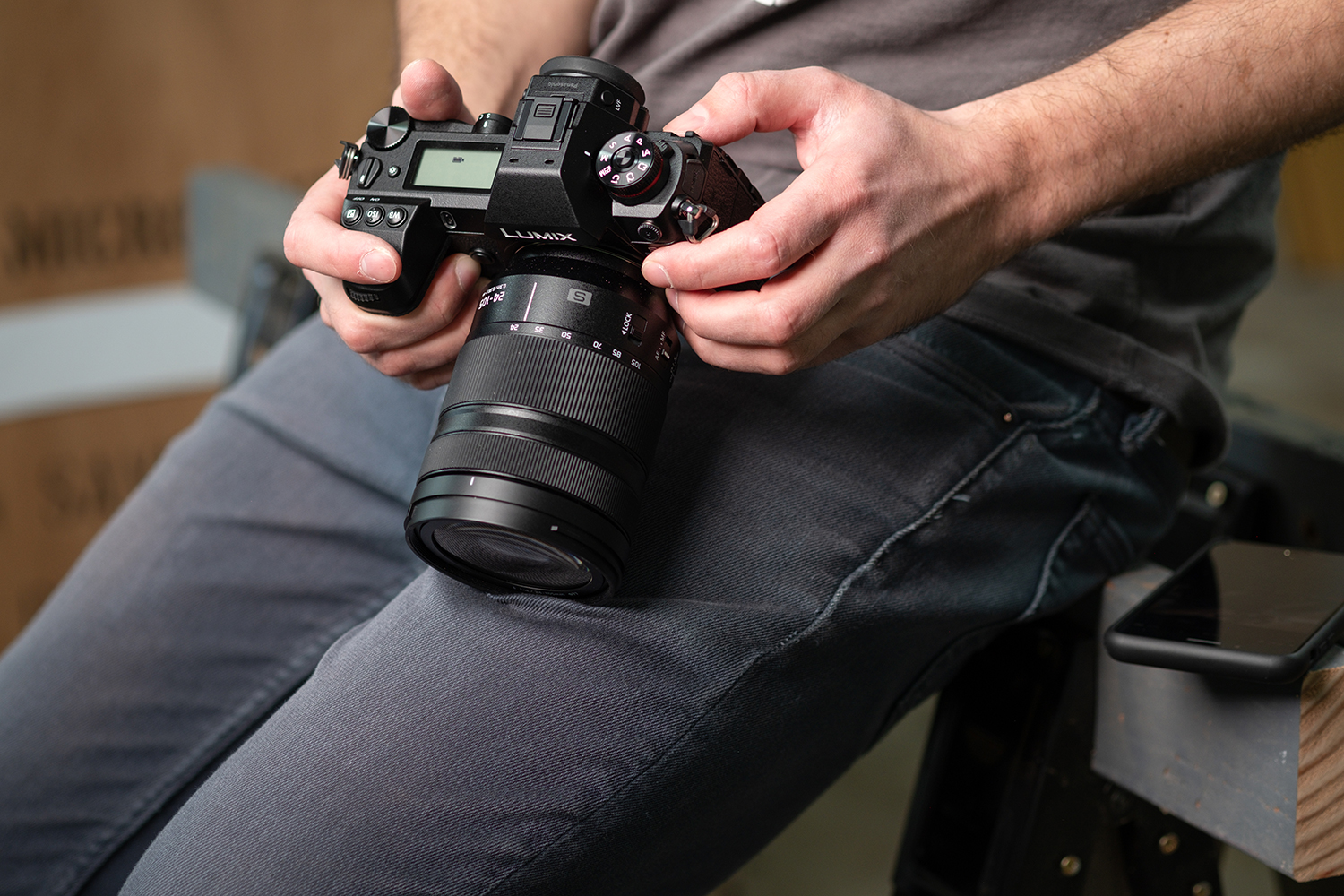
Why you should buy this: Excellent image quality and a professional design
Who’s it for: Professionals, landscape photographers, and serious enthusiasts
Why we choose the Panasonic Lumix S1:
If you’re looking for something less expensive than the Sony A7R IV, more powerful than the Nikon Z 6, and even beefier than the Canon 5D Mark IV, then the Lumix S1 may be for you. This is Panasonic’s first full-frame camera, and if there’s one thing we can say about it, it’s that Panasonic got it right straight out of the gate. The Lumix S1 may be part of an entirely new series from a manufacturer known in the photo world only for its smaller Micro Four Thirds cameras, but it has the best blend between image quality and design.
The 24-megapixel sensor can shoot 96-megapixel images thanks to a multi-shot high-resolution mode, giving you the best of both worlds between easy-to-handle small files and large, high-detail images when you need them. High-resolution mode requires a tripod, but its great for things like landscapes (so long as there isn’t too much motion in the image).
The S1 produced some of the best out-of-camera JPEGs we’ve seen, while RAW files were every bit as malleable as those from Sony and Nikon, with great color and dynamic range and good noise performance at high ISOs.
The Lumix S1 isn’t the only camera producing excellent images, of course. What really puts on top is its combination of quality and features, including Panasonic’s unique Depth from Defocus autofocus system that performs well in low light and offers great subject tracking (if it does “breathe” a little when shooting video). The 5-axis in-body stabilization is also a big plus, for both still photography and video.
Speaking of video, a recent paid firmware update (free with purchase of the camera) unlocked support for V-Log and 10-bit recording, making the S1 one of the most capable video cameras on this list. These features target professional video shooters and won’t be needed for the average user, but it shows just how far Panasonic is willing to go to deliver a one-size-fits-all solution for professional hybrid shooters who need a capable still and video camera in one.
Finally, the rugged, weather-proof design and professional control layout are among the best out there. Buttons are easy to customize, and we love the dual memory card slots. Like the A7R IV, the S1 also uses a beautiful, 5.7-million-dot EVF.
One of the biggest downsides to the Panasonic Lumix S1, however, is also in the design. It is quite a bit heavier than other full-frame mirrorless cameras, and is even heavier than some full-frame DSLRs. But serious shooters will find that easily forgivable.
Read our Panasonic S1 review
The best full-frame camera for video: Sigma Fp
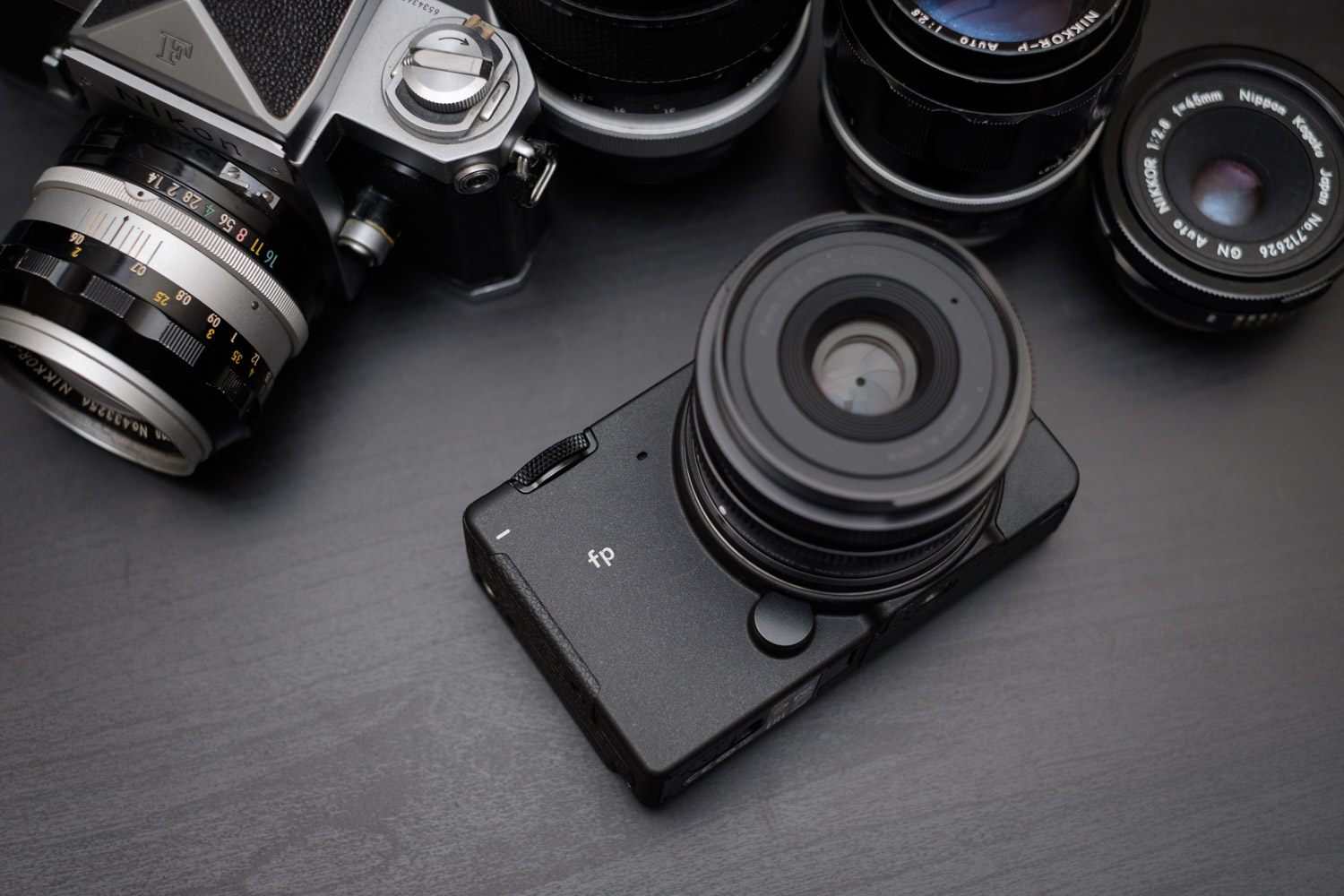
Why should you buy this: Full-frame sensor, RAW video, impressive versatility
Who’s it for: Professional YouTubers, indie filmmakers, and anyone who needs a powerful video camera
Why we picked the Sigma Fp:
The other cameras on this list all have features the Sigma Fp lacks — like usable continuous autofocus — but few other cameras have such potential when it comes to video production.
The Fp’s main selling point is its impressive quality-to-size ratio. Essentially a box with a 24MP sensor in it, the Fp is meant to be the centerpiece of a larger rig. By itself, it can fit in your pocket — yet it shoots RAW 4K video, either internally in 8-bit, or straight to a UBS-C SSD in 12-bit.
Despite the small size, it has a smartly designed exterior that is fully weather-sealed and incorporates an efficient heat sink that keeps the camera at optimum operating temperature, even when recording long takes.
The pocketable nature of the Fp means it can scale to fill many different roles. From a gimbal cam to a crash cam to a full-on studio setup with a tripod, cinema lens, matte box, and more, its designed to fit the different needs of any given production. The relatively low cost makes it appropriate for indie and student films, too, although most filmmakers will likely need to add several accessories to make it fit their needs, like a monitor, SSD, and external power solution.
Working with RAW video is also a time-consuming (and hard-drive-consuming) task. Unlike the highly efficient Blackmagic RAW format, the Sigma Fp shoots uncompressed Adobe Cinema DNG. Files are massive, and recording 4K RAW at anything greater than 8-bit will require an external SSD. Fortunately, the Fp can also shoot in compressed .MOV format at a high bitrate, with log gamma coming in a future firmware update.
Due to the lack of a mechanical shutter, we don’t recommend the Sigma Fp for still photography. But for video, it’s a truly special product with nothing else like it on the market, and it looks like Sigma will keep it refreshed with firmware updates going forward.
Read our full Sigma Fp review
The best Canon full-frame camera: Canon EOS 5D Mark IV

Why you should buy this: Stellar images mixed with excellent autofocus and great design
Who’s it for: Enthusiasts, semi-pros, and professionals
Why we choose the Canon EOS 5D Mark IV:
One of our favorite DSLRs, the Canon EOS 5D Mark IV impresses across the board — and in particular, with its mix between image quality and performance. The camera sports a 30-megapixel sensor that squeezes out a little more resolution than many competing cameras at the same price. With great image quality even at higher ISOs and burst shooting up to 7 fps, the 5D Mark IV is performs just as well in the studio as out in the field.
Autofocus from the 61-point viewfinder module is very good, and live view AF is also excellent thanks to Canon’s Dual Pixel AF tech.
However, the 5D Mark IV lags behind when it comes to video. It does offer 4K resolution, but from a severely cropped region of the sensor. Given that the Nikon D780 offers both excellent 4K quality and comparable live-view autofocus — not to mention a tilt screen, a feature the 5D lacks — it’s the better choice for hybrid creators who need both quality stills and video.
Like any high-end Canon, the 5D Mark IV’s ergonomics are comfortable and the weather-sealed body can handle professional wear and tear. But at about 4 years old, it is starting to show its age and it may not be too long before Canon replaces it. For now, it’s still a solid performer.
Read our Canon 5D Mark IV review
The best cheap full-frame camera: Sony A7 II

Why you should buy this: Full-frame quality for cheap
Who’s it for: Budget photographers looking for the best quality for the lowest price
Why we choose the Sony A7 II:
Sony has been developing great full-frame mirrorless cameras for three to four generations now, and those first generations are still available to buy new. That means photographers on a budget can find excellent image quality for cheap by picking up an older Sony A7-series model — and even find more features than a brand new entry-level full-frame camera like the Canon EOS RP. While the original Sony A7 is the cheapest full-frame camera that we’ve seen at under four figures with a lens, the A7 II makes a few big improvements for not a lot more cash.
Using the a similar 24MP sensor to the newest Sony A7 III, the A7 II serves up excellent results. While it’s not the backlit sensor of the A7 III, image quality is still very close. Compared to the original A7, the A7 II introduced 5-axis stabilization, a feature that helps ensure sharp shots even at slow shutter speeds, thus improving image quality in low light situations.
Steadier low light shots aren’t the only thing Sony improved with the second generation A7. The camera has a much better autofocus system, and video sees big improvements in quality with more customization options and, of course, that stabilization system that keeps camera shake to a minimum. However, video remains at 1080p — if you need 4K, you’ll have to upgrade to the A7 III.
For sports and action, the 5-fps burst mode of the Sony A7 II may not cut it, and falls well short of the A7 III’s 10 fps. Battery life, low light image quality, and autofocus are also better on the A7 III, but if you want maximum quality for minimum budget, the Sony A7 II is the first place we suggest looking.
Read our Sony A7 II review
Do you need a full-frame camera?
Technically, the answer here is no, you do not need a full-frame camera. However, there should probably be a little more explanation in order for you to understand the whole story. Today’s crop-sensor cameras, like APS-C and Micro Four Thirds models, will give plenty of resolution and low light performance to please most photographers, even many professionals. If you add in that most photographs, even professional ones, end up getting sized down and altered to be viewed on Instagram through reduced phone resolutions, there’s not a lot of benefit to investing in a full-frame camera.
However, one quality inherent to larger sensors can make a notable difference, even on Instagram images you’re viewing on your phone. That one quality is the depth of field control. A full-frame sensor will yield a shallower depth of field, blurring the background more dramatically than a smaller sensor at the same aperture setting. Investing in a full-frame camera can provide a well-rounded solution and give you a silky-smooth, ultra-shallow depth of field. Unfortunately, this solution means having to pay for both a camera and a costly lens with an aperture like f/1.4, but it’s worth the investment to get quality photos.
Full-frame cameras, especially the Sony AR7 IV model, offer some impressive advantages for prints. No other crop-sensor camera on the market has a higher pixel count. A high pixel count allows you to make larger photo prints at a comparable PPI (pixels per inch) without losing any image quality. But remember that it’s unnecessary to invest in a full-frame camera to end up with a high-quality print.
If you want to find your perfect camera at a bargain, peruse our list of the best Cyber Monday camera deals.
Editors' Recommendations
- The best free photo-editing software for 2024
- Best Sony A7 III deals: Save $300 on the full frame mirrorless camera
- The 5 best laptops for photo editing and photographers
- Best GoPro deals: Save on action cameras and accessories
- The best camera phones in 2023: our top 9 photography picks



